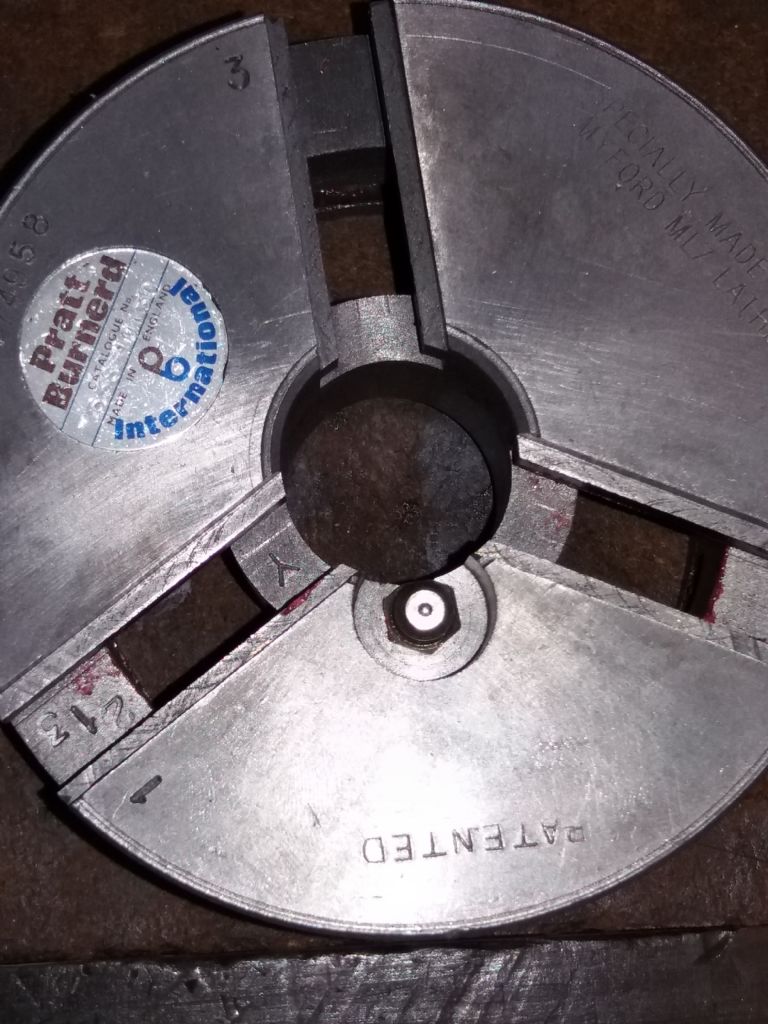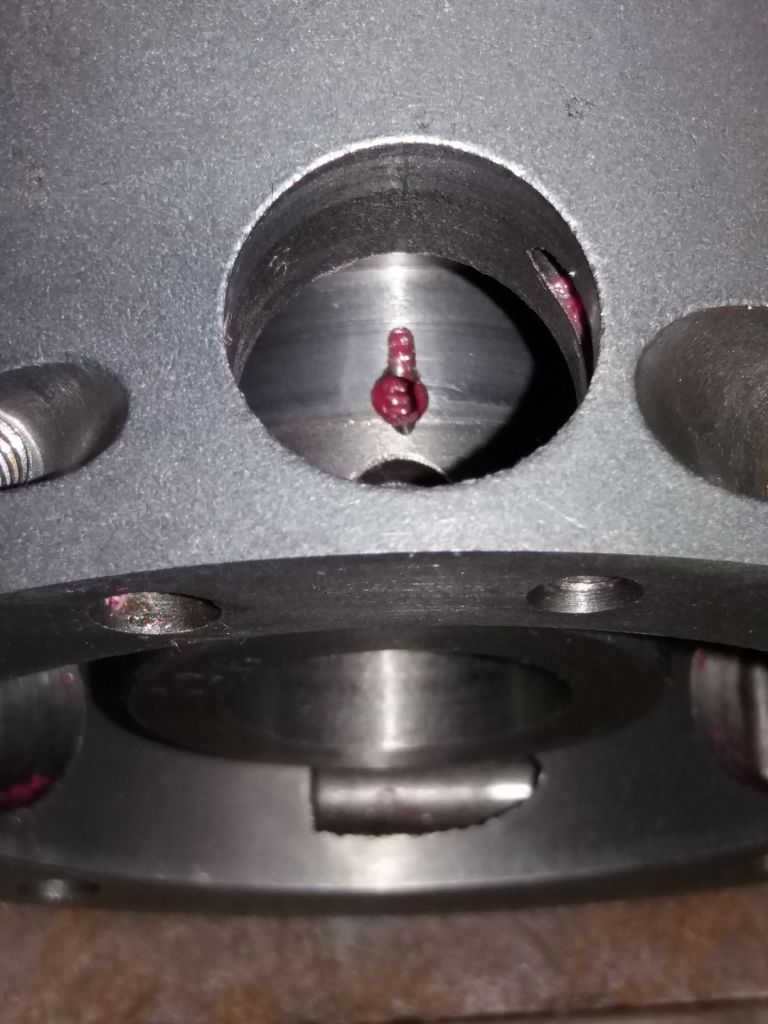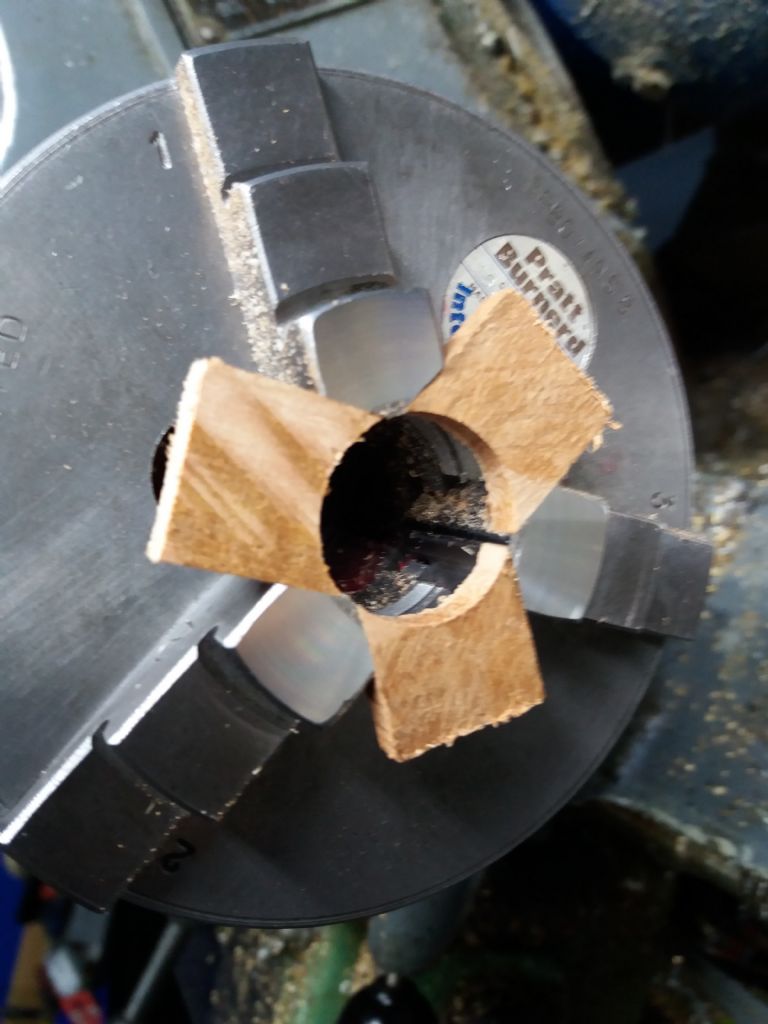Posted by Michael-w on 18/05/2017 14:29:13:
Posted by Nigel B on 18/05/2017 12:53:45:
I presume what lathe manufacturers did (or maybe still do) was to temporarily fix the tailstock and head stock body together and bore/ machine all the mating surfaces at the same time. so that everything lines up on the bed.
You presume incorrectly, Michael.
Parts are made individually to tolerances & then "adjusted" on assembly to the required accuracy – that is what machine tool fitters are for !
Nigel B
… all I knew was that something else had to be going on rather than every component being made individually to nominal drawing dimensions and then miraculously hoping you would get a finished machine from this alone when you fitted them altogether!
Michael W
Actually that's exactly how most things are made these days isn't it? Parts are toleranced to be fully interchangeable, with minimal need for adjustments, ideally none at all.
Fitting delays production and the Fitters themselves are an expensive overhead (that is once you can manage without them!).
Eliminating fitters isn't miraculous, just the result of solid engineering improvements made over the last century and more. Your computer printer is probably the most accurate tool you own and it is highly unlikely that it was fettled in any way. The parts were assembled, like as not by robots, and it just worked off the end of a production line.
Of course there must be many exceptions, but to me the need for a fitter either indicates small-run production or a firm vulnerable to competition.
I'd suggest that fitting may in part explain the sad demise of Myford. The cause wasn't that Myford kit was in any way inferior, just that it couldn't be made down to a price that made a profit. Too many costly people making too many costly adjustments in the factory before the lathes were sold, by which time the product was expensive.
Also, it must have been hard to make a living selling lathes that owners cosset for 80 years. It's ironic to think that the original Myford may have been killed by fans keeping old lathes going rather than supporting their preferred company by buying a new one.
Dave
Neil Lickfold.









